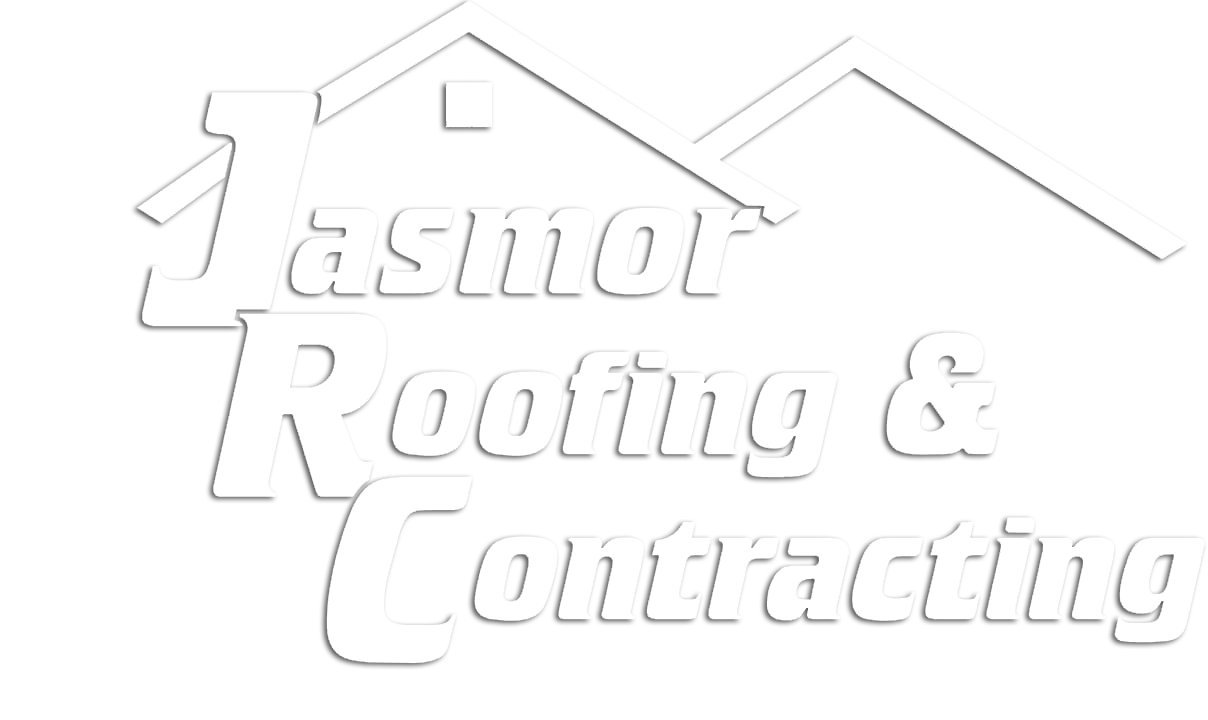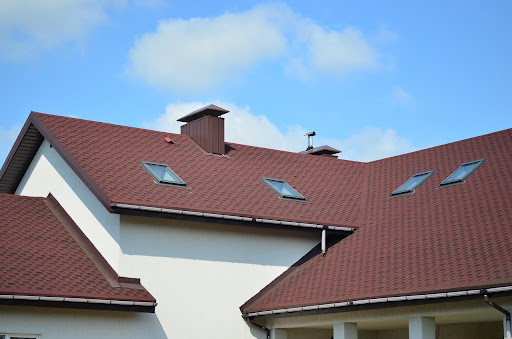In today’s environmentally conscious world, energy efficiency is more than just a buzzword—it’s a critical component of modern home design and construction. One of the most impactful ways to increase a home’s efficiency is by installing an energy-efficient roof. More than just a protective covering, the right roofing system can help reduce utility bills, improve indoor comfort, and lower your carbon footprint.
What Is an Energy-Efficient Roof?
An energy-efficient roof is designed to reflect more sunlight and absorb less heat than traditional roofs. This reduces the amount of heat that enters your home, which means your cooling systems don’t have to work as hard—especially in hot climates. The benefits extend beyond just energy savings; these roofs also contribute to sustainability, indoor comfort, and even property value.
How Energy-Efficient Roofing Works
Roofs naturally absorb sunlight. Traditional dark-colored roofs can reach temperatures of 150°F or more in the summer. Energy-efficient roofs use materials or coatings that reflect solar rays, significantly lowering the roof surface temperature and keeping the entire structure cooler.
Key Principles:
- Solar Reflectance (Albedo): Measures how well a surface reflects sunlight. The higher the reflectance, the less heat absorbed.
- Thermal Emittance: Indicates how well a material emits absorbed heat. High-emittance materials cool down faster.
- Insulation: Proper insulation under your roof prevents heat transfer between the attic and the rest of your home.
Benefits of Installing an Energy-Efficient Roof
Choosing an energy-efficient roof delivers a variety of advantages, both immediate and long-term:
1. Lower Energy Bills
Reduced heat gain during summer months means your air conditioning system uses less energy, resulting in significantly lower electricity bills.
2. Enhanced Indoor Comfort
Rooms beneath the roof—like attics, top-floor bedrooms, and bonus rooms—remain cooler and more comfortable, even during peak heat hours.
3. Environmental Impact
Using less energy reduces your carbon footprint. An energy-efficient roof contributes to global efforts to combat climate change by reducing greenhouse gas emissions.
4. Extended Roof Lifespan
Because reflective materials reduce thermal stress and heat degradation, energy-efficient roofs tend to last longer than conventional roofs.
5. Possible Tax Credits and Incentives
In many areas, local and federal governments offer rebates or tax credits for energy-efficient upgrades, including roofing.
Best Materials for Energy-Efficient Roofs
The effectiveness of your energy-efficient roof depends largely on the materials you choose. Here are some of the top-performing options:
1. Cool Roof Shingles
These shingles are typically coated with light-reflecting granules that increase solar reflectivity. Available in various styles and colors, they’re ideal for homeowners seeking a traditional look with added efficiency.
2. Metal Roofing
Metal roofs are naturally reflective, especially when coated with specialized paints. They are lightweight, long-lasting (50+ years), and can reflect up to 70% of solar radiation.
3. Clay and Concrete Tiles
These materials are excellent for insulation and can be designed in light colors to increase solar reflectance. Their heavy mass helps buffer indoor temperatures from outdoor extremes.
4. Slate Roofing
Though more expensive, slate is a natural insulator and has a high thermal mass, making it an excellent choice for both hot and cold climates.
5. Single-Ply Membranes (TPO, PVC, EPDM)
Common in commercial buildings, these materials are gaining popularity in residential applications—especially for flat roofs. Their white or light-colored surfaces provide outstanding reflectivity.
Cool Roof Coatings
If replacing your roof isn’t in the budget, consider a cool roof coating—a reflective layer applied over existing roofing material to enhance its thermal performance. Coatings are typically white or light-colored and can extend the life of your current roof while improving energy efficiency.
Benefits of Coatings:
- Cost-effective compared to full replacement
- Can be applied to asphalt, metal, or modified bitumen roofs
- Improve waterproofing and UV protection
How to Know If an Energy-Efficient Roof Is Right for You
Climate Considerations:
- Hot Climates: Ideal for reducing cooling loads and energy bills
- Cold Climates: Still beneficial, especially when paired with good insulation and reflective snow-shedding materials
Roof Slope:
Low-slope or flat roofs benefit more noticeably from reflective surfaces, as the sun hits them directly throughout the day. However, steep-slope roofs can also be designed with energy efficiency in mind using reflective shingles or tiles.
Budget:
While energy-efficient roofs can cost more upfront, the long-term savings on energy bills and roof replacement make them a smart financial decision over time.
Installation Best Practices
Installing an energy-efficient roof requires careful planning and experienced contractors. Here are key elements of a successful project:
1. Choose Certified Materials
Look for products that meet ENERGY STAR® guidelines or are rated by the Cool Roof Rating Council (CRRC). These certifications guarantee performance and durability.
2. Ensure Proper Ventilation
Even the most reflective roof can’t perform optimally without proper attic ventilation. Intake and exhaust vents maintain airflow, reduce moisture, and lower attic temperatures.
3. Work with Experienced Contractors
Not all roofers are familiar with energy-efficient roofing techniques. Be sure to hire a contractor with specific experience installing cool roofs and applying reflective coatings.
4. Consider Solar Integration
If you’re already upgrading to a new roof, it’s an excellent time to consider installing solar panels. Some roofing materials are more compatible with solar than others—especially metal roofing and flat roof membranes.
Maintenance Tips for Energy-Efficient Roofs
To maintain peak performance, follow these simple steps:
- Inspect Annually: Check for wear, damage, and debris.
- Clean Reflective Surfaces: Dirt and debris reduce reflectivity. Wash the surface periodically using mild detergent and water.
- Monitor Energy Bills: A sudden increase could indicate a roofing or insulation issue.
- Repair Promptly: Fix any damage before it worsens and compromises performance.
The Future of Energy-Efficient Roofing
As the construction industry continues to prioritize sustainability, energy-efficient roofs are becoming standard in both new builds and retrofits. Advanced technologies like solar-reflective granules, smart roofing membranes, and integrated solar tiles will continue to drive innovation.
In the near future, homeowners can expect roofing systems that not only reflect heat but also actively manage indoor temperatures through dynamic insulation and real-time climate adaptation.
Choosing an energy-efficient roof is one of the smartest investments you can make in your home. From lowering energy bills and increasing comfort to protecting the planet and boosting resale value, the benefits speak for themselves. While the upfront cost may be higher than traditional roofing systems, the long-term savings and peace of mind are well worth it.
Whether you’re building a new home or looking to upgrade your existing roof, now is the perfect time to explore energy-efficient options. The key is to partner with an experienced roofing contractor who understands the materials, techniques, and local building codes necessary to deliver a high-performing roof that will serve your home for decades.
At Jasmor Roofing, we specialize in helping homeowners choose and install the perfect energy-efficient roof for their property. From product selection to expert installation, we’re here to ensure your home stays cool, comfortable, and protected—year after year.

